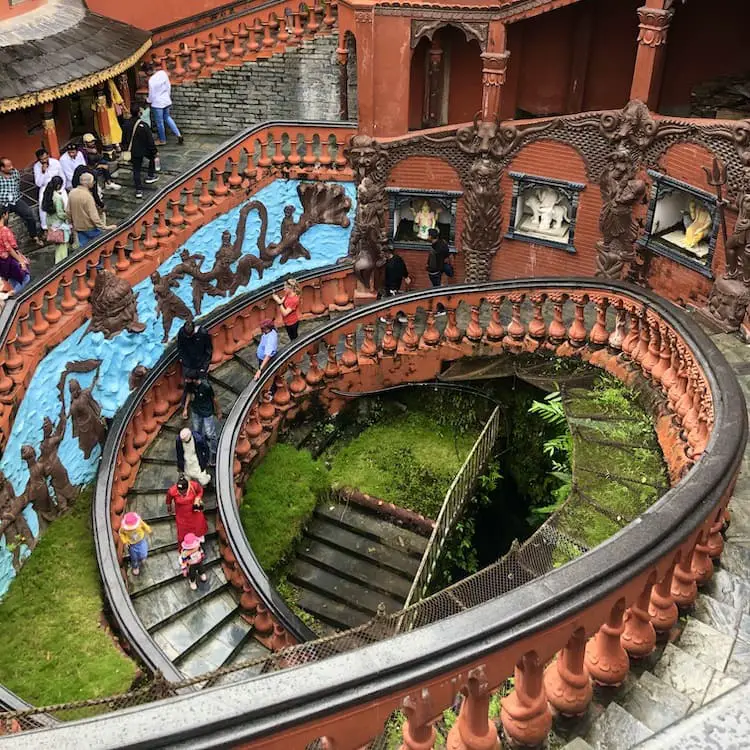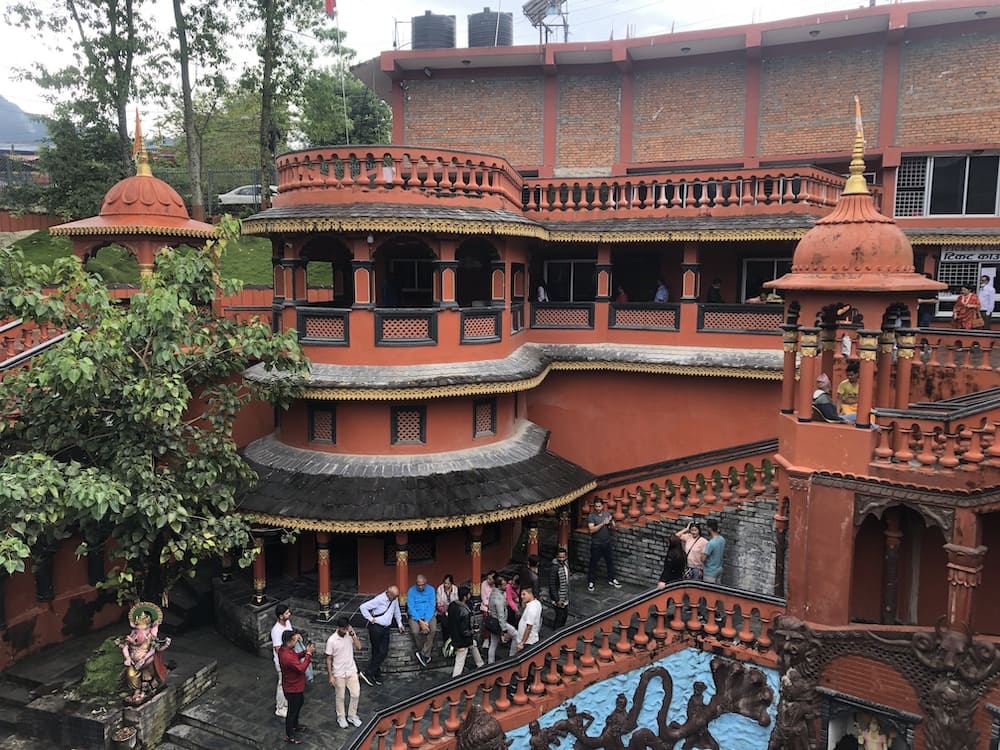Pokhara has moved to the top of travel lists for both international and domestic tourists. With the beauty of Phewa Lake and the proximity to the Annapurna Range, it is no wonder why people worldwide flock to Pokhara. Before would-be visitors come to the city of lakes, they read every Pokhara travel guide they can find (make sure to read mine, too!). However, many of these guides need to catch up on one of the best parts of the city – the different caves in Pokhara Nepal!
Pokhara is blessed with amazing caverns and caves, lakes, and hiking locations that many people know about. However, the city has much more to offer in the form of exploring dark caverns. The most famous caves in Pokhara, such as Mahendra Cave, Gupteshwor Cave, and Chamero Gufa (Bat Cave), are extremely popular for tourism.
The three caves mentioned above are just some of the caves that dot the Pokhara valley. One can also visit caves like the Harihar Cave and Kumari Cave!
This blog gives a quick rundown of the caves in Pokhara and links to additional resources and more in-depth guides about the caverns! If you are like me and like a fun albeit slightly scary adventure, then you will want to check out these underground caverns next time you are looking for something to do in Pokhara!
How many caves are there in Pokhara Nepal?
There are five caves in Pokhara that tourists visit. They include the Mahendra Cave, Gupteshwor Cave, the Chamero Gufa (Bat Cave), the Harihar Cave and the Kumari Cave. However, there are many other small caves scattered across the city.
The first three caves mentioned are the most popular in Pokhara. The Harihar Cave and the Kumari Cave used to attract a lot of visitors. However, they have died out in popularity as the other caves have been further developed into tourist destinations.
What are the three main caves in Pokhara?
The three main caves in Pokhara are the Mahendra Cave, Gupteshwor Cave and the Chamero Gufa (Bat Cave). These are the three most visited caves around Pokhara, and draw the majority of domestic and international tourists.
I go into detail regarding each of the different caves in Pokhara below!
1. Mahendra Cave:

Domestic and international tourists alike enjoy visiting the Mahendra cave in Pokhara. Located in the City’s Batuley Chaur district, the legend goes that when a tiger attacked the cattle of a local in the area, they all rushed after it to kill it and discovered a secret cave. This was in 1951 AD, and the locals began calling the cave “Adhero Bhuwan” (Dark House in English) ever since then. However, the cave got its current name when King Mahendra visited it in 1959 AD. He then protected the cave and gave it the name Mahendra Cave.
The cave is located at 16 Batuley Chaur, in Pokhara Municipality, and is accessible by taxi from Lakeside in about 30 minutes. On the rocks are limestone sculptures with an electric line allowing individuals to explore the 200-meter-long cave, which contains a Shiva shrine at the bottom. The cave is quite popular and attracts around 400,000 domestic and international visitors yearly.
2. Gupteshwor Cave:

The Gupteshwor Cave in Pokhara can be found adjacent to Davis Falls, and is known for religious tourism. There are two portions to the cave. However, only the initial portion of the cavern has open access for people to visit – due to safety concerns and water.
The first segment of the cave ends with a temple dedicated to Lord Shiva. Humans are limited in how far they can travel because of the small road. Gupteshwor cave attracts more tourists than Mahendra cave, with around 600,000 tourists reportedly visiting the cave a year (pre-Covid-19).
Its most notable features are the Lord Shiva temple and limestone images in Gupteshwor Cave. The first 40 meters feature a natural Shiva Lingam, the Serpent deity at the Lord Shiva Temple, limestone figurines, and a sacred cowshed. There are two sections in the cave, with one of the sections being 100 meters long and featuring a waterfall scene and figurines made of limestone.
One thing to remember is that the cave may close between June and September due to the monsoon season and heavy rainfall.
3. Chamero Gufa (Bat Cave):

Another well-liked cave destination in Pokhara is the Bat Cave, or Chamero Gufa in Nepali. The proprietor, a farmer, is thought to have found the cave in 2040 (Nepali year). As the name implies, this is a limestone cave that is crawling and covered with bats.
The small cave, which is next to a forest, has a peculiar habitat for chattering bats across its walls and ceilings. Nature enthusiasts might admire the thousands of bats covering the limestone walls. The ideal time of year to view bats is in the spring. Moreover, if the thousands of bats weren’t enough, out of the 51 species of bats in Nepal, 11 types were found in the Pokhara valley.
Additionally, the cave lacks electricity lighting. Therefore the explorers must move slowly because it is dark and the path is paved with sharp stones. Every approach must be taken carefully because water frequently leaks through the ceiling, leaving everything slick and damp.
Caves in Pokhara: Three underground Tourist attractions for the brave!
If you are brave and looking for adventure in Pokhara, then you will want to check out the caves in Pokhara! The three caves, Mahendra, Chamere, and Gupteshwor, provide an exciting experience for tourists.
Not only do the caves provide a chance to experience the depths of Pokhara, but they also shine a light on the history as well as religious aspects of Nepal. Just make sure while you are exploring the caverns of Pokhara to carry a flashlight and bravery with you!
